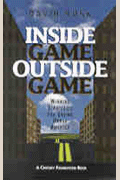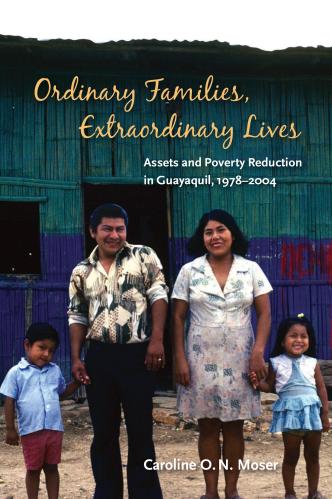Urban planners seeking to stabilize neighborhoods are focusing on the critical role that “third places” can play in strengthening our sense of community. Third places is a term coined by sociologist Ray Oldenburg and refers to places where people spend time between home (‘first’ place) and work (‘second’ place). They are locations where we exchange ideas, have a good time, and build relationships.
For young Americans, many third places are now virtual – from Facebook and chat rooms to group texts. But as Oldenburg notes, the most effective ones for building real community seem to be physical places where people can easily and routinely connect with each other: churches, parks, recreation centers, hairdressers, gyms and even fast-food restaurants. A recent newspaper article on McDonald’s found that for lower-income Americans, the twin arches are becoming almost the equivalent of the English “pub,” which after all is short for “public house”: groups of retirees meeting for coffee and talk, they might hold regular Bible study meetings there, and people treat the restaurant as an inexpensive hangout.
Third places build communities
Third places have a number of important community-building attributes. Depending on their location, social classes and backgrounds can be “leveled-out” in ways that are unfortunately rare these days, with people feeling they are treated as social equals. Informal conversation is the main activity and most important linking function. One commentator refers to third places as the “living room” of society.
Many city planning efforts to reinvigorate metropolitan neighborhoods now include specific steps to create third places, especially public spaces, to try and break down social siloes. The greater Washington, D.C. area is an example. In an experiment in one park in downtown D.C., for instance, office workers can now reserve tables and chairs to meet or socialize. In nearby Silver Spring, Maryland, the OUTBOX is an experimental outside and wall-less vestibule equipped with Wi-Fi and seating, available for people to use throughout the day.
The elderly are at particularly high risk of being cut off socially, and that is attracting the attention of third-place innovators. For instance, LeadingAge Maryland, a research and advocacy organization, is working with wellness agencies and architects to design senior housing within “common space” areas, situated near transportation, nonelderly housing, and other community partners such as universities and medical facilities. These efforts include cafe-style facilities targeted for seniors, but that are also attractive to the broader public. This is in stark contrast to the common pattern of creating self-segregated elderly enclaves, with elaborate services but little contact with the outside community.
Third places at risk
But many brick-and-mortar third places are being lost as more Americans go digital for social connections. Escalating real estate prices in many cities also make low-cost informal meeting centers harder to maintain. This is not just a central city issue. Suburban neighborhoods often overlook the importance of third places.
Oldenburg has blamed “unfunctional zoning” that bans commercial establishments in residential areas, leading to suburban Americans having to use their cars for everything they need, and malls and box stores crowding out small businesses and hang-out places. Research by our Brookings colleagues Alan Berube and Elizabeth Kneebone found that we are now experiencing higher rates of poverty in some suburbs than in cities. A stronger network of third places in both cities and suburbs could help build the social and economic connections needed to move out of poverty.
Reviving third places
Cities and suburbs can take steps to create more hospitable conditions for third places to develop and thrive. One important step is to make sure zoning accommodates mixed-use functions in otherwise residential areas. Bus routes and convenient stopping points can also be critical to the survivability of a third-place. Free Wi-Fi, provided by a city neighborhood, can turn many places into meeting points and draw people together from a range of ages. Retrofitting public places and exploring new architecture and use of space is also essential. Small design changes can encourage interaction between groups that might otherwise be cut off from each other. For instance, Gallaudet University, the Washington, D.C. university for the deaf and hard of hearing, has launched a “DeafSpace” initiative and has been working with architects, students, and community members to design spaces within the Gallaudet campus and the surrounding neighborhood that are more accommodating and inclusive for those with hearing loss.
More creative use can also be made of existing laws and regulations to encourage such efforts. For example, a provision of the Affordable Care Act requires non-profit hospitals, as a condition of their tax-exempt status, to analyze local health needs in their communities and help address them using hospital resources. Given what we know about the importance of social interactions and community networks to address certain mental health issues, hospitals could identify existing or possible third places to help expand the availability of meeting places, walking spaces and public Wi-Fi access. Hospitals are particularly well positioned to work with local businesses, universities, senior centers, and local government agencies.
Strengthening social networks is a crucial step to reviving neighborhoods and addressing social problems. Third places can do much to help stabilize communities and reduce social problems.






Commentary
“Third places” as community builders
September 14, 2016